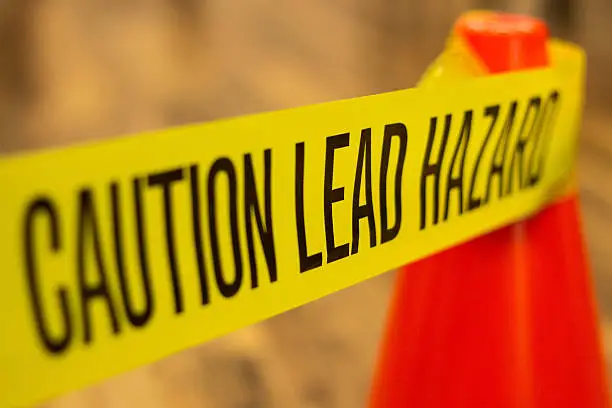
Lead Paint Removal in Colorado
Lead paint removal is necessary to avoid diseases and can be a hefty task to deal with. There are several protection acts to restrict the contamination of lead-based products. A simple test can be conducted to ascertain the content of lead in home products.
The use of lead products started during the colonial era, but soon it had a massive impact on the brain and other organs of the body and was completely banned in 1978. Even after that traces of lead can be found in serval doors and windows.
The danger of lead paint arises when it starts peeling or gets damaged and wear out. This can cause a number of health hazards including lung diseases when inhaled.
Lead Paint- What is it?
Lead paint is a common issue in most homes especially if the house is old. A house built during the 1960s is most common to have lead paint issues.
In order to check you can easily buy a kit from the local market. However, at times results are not 100% guaranteed. Sometimes it is seen that the top layers do not contain remnants of lead, while the layers underneath do. Hence it is important to get the opinion of an expert who is acquainted with dealing with lead paint removal.
Steps to Remove Lead Paint
The Environment Protection Energy or EPA recommends a professional expert to assess and determine the content of lead contamination. However, there are a few steps for lead paint removal, which are as follows –
-
Removal of Household Materials
Household materials, like furniture, decorative items, and fixtures, are removed before the repair starts. Removing these household materials will release lead particles. Additionally, you need to close the doors and windows to prevent the lead materials from sweeping into the air ducts, ventilators, and heating units.
-
Protective Covering
A thick plastic sheet is required to cover the floor, the doors, the windows, the air ducts, the fireplace, and those surfaces that are difficult to move. Use duct tape to fix the plastic sheet so there are no gaps. In case of a gap, the lead particles can easily seep between the carpet or the crevices of the floorboard.
-
Safety Gear
Wearing safety gear is important to avoid health hazards. Half-faced respirator with an approved HEPA filter is known to be the best dust mask for the process of lead removal. Moreover, coveralls, gloves, disposable shoes, and goggles are known to ensure safety in removing lead materials.
-
Spray with Water
To minimize the contamination of lead through the air, use water. Spray the areas that are chipped or the paint is peeling down either with a spray bottle or by rubbing it with sponges or rags.
-
Use a Hand Scrapper
Scrap away peeling or deteriorated paint and cover it with fresh paint, which is free of lead.
-
Use Sandpaper
Once the portion you are going to renovate is wet enough, use sandpaper to scrap away the peeling paint. Once done, rub the area with a wet sponge or rag to make sure it is free of lead
particles.
-
Re-paint the area.
If the deteriorated areas have been scrapped away and cleaned with the help of sandpaper and rags or wet towels, paint the surface with fresh lead-free paint to restrict lead contamination inside the household.
-
Vacuum the area with HEPA Vacuum
The normal vacuum has a high chance of redistributing the lead particles into the air. Hence it is always suggested to use a HEPA Certified vacuum cleaner to clean up the dust and any leftover debris inside the household.
Lead Paint Removal by ECOS
The experts at ECOS Environment & Disaster Restoration will help you in removing lead materials from your household with ease, abiding by the safety protocols.
Our team has been helping innumerable homeowners near Colorado and its adjoining areas for the last 18 years.
Connect with us today for a detailed discussion. We are there, 24×7, at your service.
To know more, check out our website at https://ecosenvironmental.com/lead-paint-removal/
***

